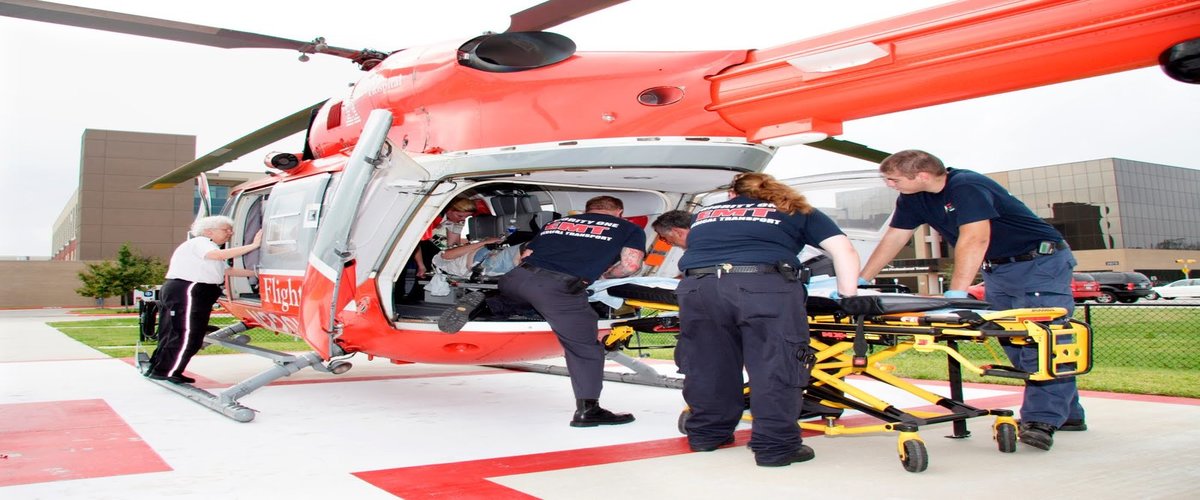Assessment of any trauma victim as we know begins with alerting the trauma team, donning the 3Gs (gowns, gloves, and goggles) and ABCD & E
Airway & Cervical Spine Immobilization:
- Manually immobilize the spine, and ask the patient his name and how he is?
- Then Look in to the mouth and then at the Chest rise, Listen and Feel
- Attach Nasal Oxygen
- Apply collar
Breathing:
- Inspect the neck, Palpate the neck for crepitus and tracheal positioning
- Ask for O2 Saturation monitor
- Inspect the chest for obvious signs, pattern of breathing
- Palpate for crepitus and blood below, and chest rise
- Percuss the chest and axilla
- Auscultate the chest and axilla
- CXR & Pelvic X ray
Circulation:
- Inspect the abdomen and pelvis for obvious signs
- Inspect and palpate the limbs
- Pulse check
- Ask for BP and 2 Large bore IV lines in the antecubital fossa, collect labs for grouping and matching, FBC, U & Es, Amylase, Normal Saline to keep patency
- Attach to monitor
- Palpate the abdomen and pelvis
- Ask for Fast Scan
Disability:
- Ask the patient how he is now?
- Move the fingers and toes (GCS)
- Look at pupils
- Get Sugar Level (Fingerstick)
- If neurologically unstable or as per NICE guidelines request for CT to be arranged and neursurgeon to be informed
Exposure:
- Expose the patient
- Ask for temperature
- Cover with blankets
After all these conclude by requesting to arrange for log roll and a rectal examination. Before sending for a CT, EKG, ABG, Foley and NG tube.
If you notice, in every step there was some intervention done, (One of the examinee appearing for Part C said to me yesterday, that all steps have one wire/tube to be attached, except C where there are 3:
A Oxygen
B Pulse Ox
C BP, Monitor, IV Access
D Fingerstick
E Temperature Probe
A great way to remember the stuff. Thanks to him for the valuable trick)

No comments:
Post a Comment